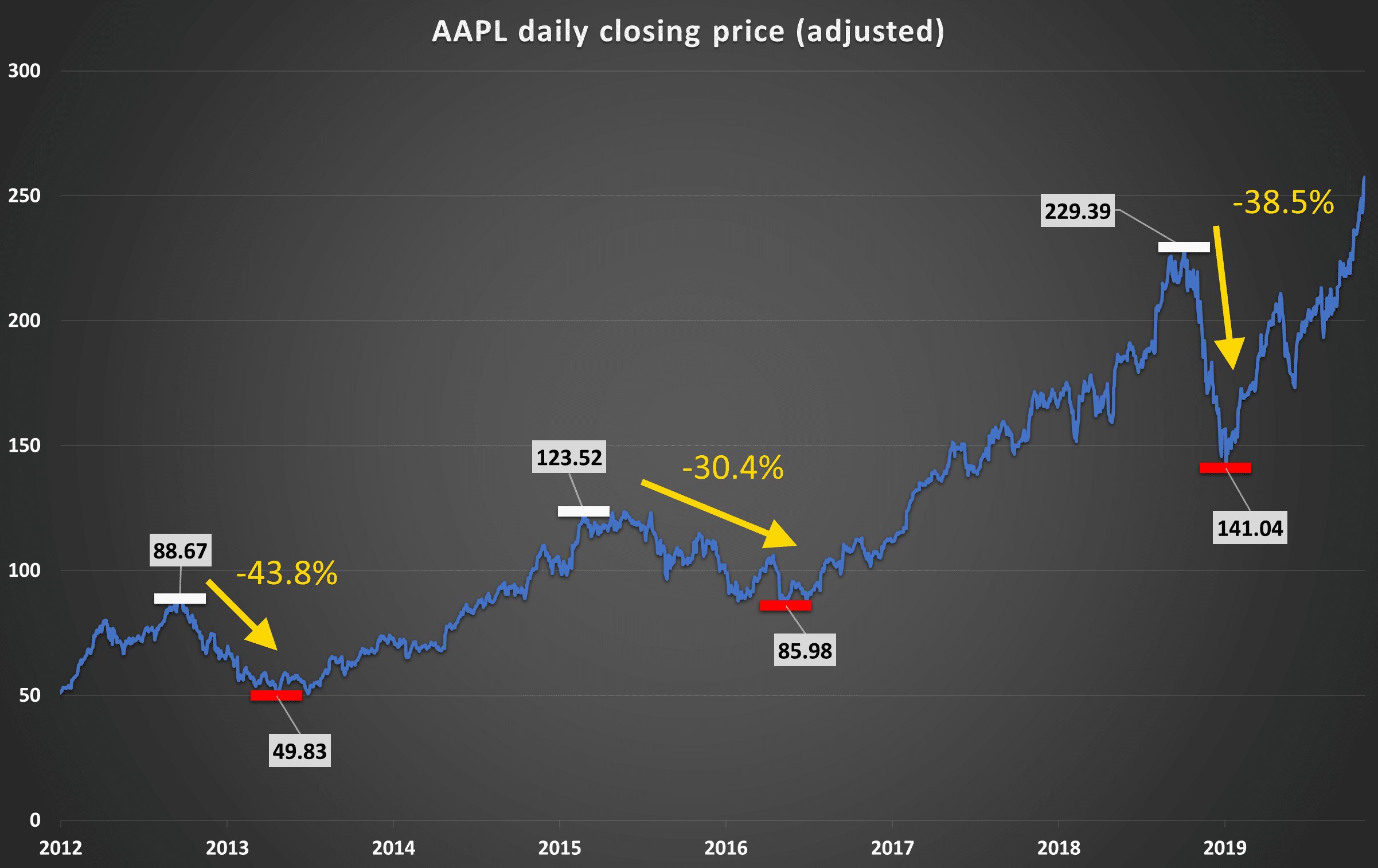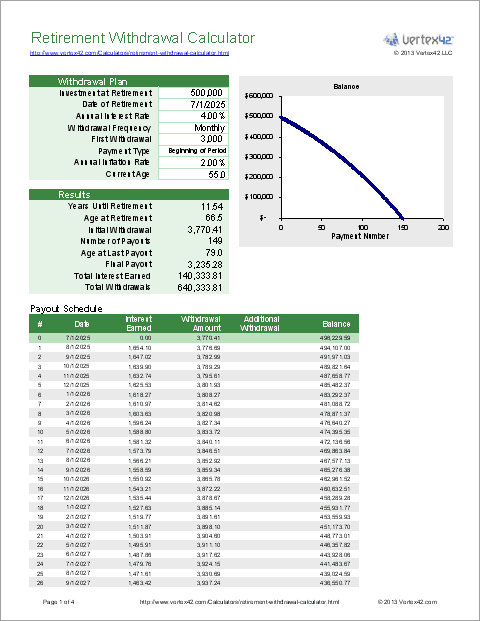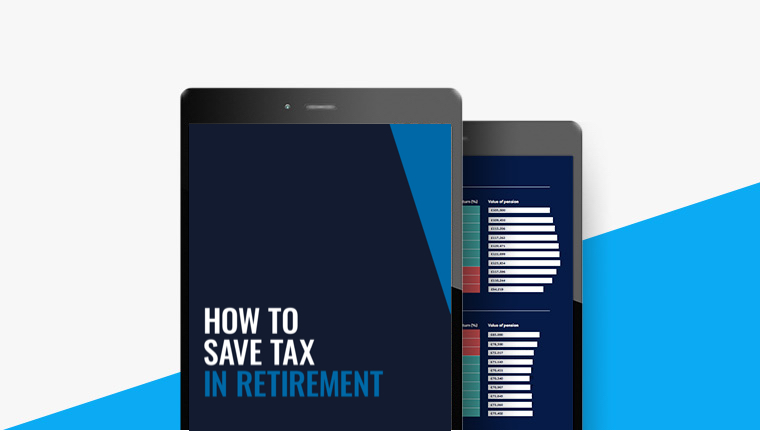

Of course, this means your income would be limited to the amount paid by the investments you make.

In theory, this approach means you can take an income from your portfolio, leaving your capital invested in the hope it maintains its value or grows over time. This involves buying assets that pay an income such as shares, which pay dividends, and corporate bonds, which pay interest. One approach is to take a ‘natural income’ from your investments. There are two common strategies adopted by those seeking to generate an income from their investments in income drawdown. What are the different ways of taking an income? With pension drawdown, it's you who has to estimate how long you are likely to live – and you who takes the risk that your money will need to cover a longer-than-expected period.ĭata from the Office for National Statistics (ONS) reveals that an average man turning 65 in 2022 would live another 19 years, with a 65-year-old woman living another 21.Īnd further analysis reveals that retirement could feasibly last 40 years. When an insurer does this, it estimates how long it thinks people your age will live and it takes on the risk that you might live longer than your savings last. When you hand over your pension to an insurance company, it is offering you a guaranteed income for life – regardless of how long you live. The great attraction of annuities is that they provide certainty. These give you access to a whole portfolio of shares, bonds or both, through a single investment.ĭifferent funds and trusts tend to specialise in either specific geographical areas, such as the UK or US, or in types of assets, such as dividend-paying shares.įind out more: The Which? portfolios – our tool can help you find the right mix of investments How long will I need to invest for? You can also invest using funds such as unit trusts or investment trusts. In theory, different assets move in value at different times and for different reasons, meaning you won't be over-exposed in any one area. You can invest in a range of different asset classes. The key is diversification – not putting all of your eggs in one basket. When investing in the stock market, there are tried and tested principles that you can follow to make sure you aren't taking more risk than you are comfortable with. Where can I invest my pension in income drawdown? It can make a lot of sense if you want flexibility, the opportunity to keep growing their pension pot, and if you are happy to take some carefully-considered risk. More dramatically, you could simply run out of money if you take too much too soon.īut this doesn't mean pension drawdown should never be considered.

You are investing to provide an income throughout your retirement, however long it lasts.Īnd because investing in the stock market means putting some of your savings at risk, there's always a chance that your plan will go awry – your investments could plunge in value, making your desired income unsustainable. If you're investing in income drawdown (also known as pension drawdown), the stakes couldn't be higher. You can find more of the latest updates and advice related to the COVID-19 outbreak over on our dedicated Which? coronavirus information hub. Find out more: the impact of coronavirus on your pensions and investments.This can have a direct impact on the value of your pension. The coronavirus pandemic has caused stock market panic.


 0 kommentar(er)
0 kommentar(er)
